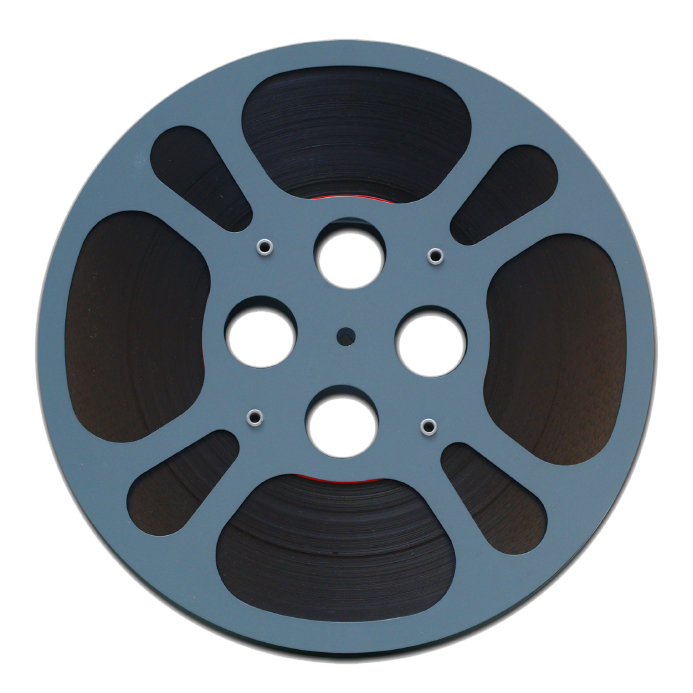🎞️ The History of 16mm Film Reels
The Birth of 16mm Film
In the early 20th century, filmmaking was reserved for large studios with expensive 35mm film equipment. That changed in 1923, when Eastman Kodak introduced 16mm film — a smaller, more affordable format that opened the world of motion pictures to schools, the military, and home enthusiasts.
16mm film was half the width of 35mm, which made it cheaper to produce and easier to handle. When paired with portable projectors, it brought cinema out of theaters and into classrooms, community halls, and living rooms. It was the first truly accessible motion picture format for non-professionals.
A Safer, Smarter Innovation
One of 16mm film’s biggest breakthroughs was safety. Traditional 35mm film was made from nitrate stock, which was highly flammable. Kodak’s 16mm film used acetate “safety film”, drastically reducing fire risk.
This innovation made it ideal for schools, government institutions, and the military, who needed a reliable and safe way to screen educational and training films.
The Rise of Educational and Documentary Film
From the 1930s through the 1970s, 16mm became the standard for educational, industrial, and documentary filmmaking. Universities, corporations, and filmmakers worldwide adopted it for its versatility and quality.
16mm film was used to document World War II, record scientific research, and capture newsreels long before video existed. It became the bridge between professional film and amateur creativity — small enough to be practical, yet capable of delivering cinematic results.
The Era of Television and Indie Filmmaking
When television exploded in the 1950s and 1960s, 16mm found a new home in broadcast production. Many news stations used 16mm cameras for field reporting, and numerous TV shows were shot on 16mm due to its balance of quality and portability.
Independent filmmakers also embraced the format. Directors such as David Lynch, Darren Aronofsky, and The Coen Brothers used 16mm to create early works that launched their careers. Its natural film grain, color richness, and texture made it an artistic favorite.
The Decline and Digital Revival
By the 1980s, the rise of VHS and digital video began to push 16mm out of mainstream use. However, the format never truly disappeared. Archivists, educators, and artists continue to value 16mm for its unique visual character — the warmth, flicker, and authenticity that digital video often lacks.
In recent years, film schools and independent creators have brought 16mm back into the spotlight. New film stocks, digital scanning technology, and hybrid workflows allow old 16mm reels to be restored, digitized, and remastered in high definition.
Preserving 16mm Memories for the Future
Many families, institutions, and broadcasters still have old 16mm reels stored in boxes or archives. These reels often hold decades of valuable footage — home movies, historical events, or cultural heritage films.
Unfortunately, 16mm film is prone to vinegar syndrome, fading, and brittleness over time. Without proper care, the footage can be permanently lost.
At [Your Company Name], we specialize in 16mm film digitization and restoration, carefully converting your reels to modern digital formats while preserving every frame’s original beauty. We help you protect your history — so it can be seen, shared, and enjoyed for generations to come.
🎥 Fun Facts About 16mm Film
Introduced by Eastman Kodak in 1923 as a safer, affordable alternative to 35mm.
First used extensively for education, military, and industrial training films.
16mm was the standard format for TV news until the 1980s.
Super 16, an enhanced version released in 1969, allowed for widescreen cinematography.
Many Oscar-winning documentaries were shot entirely on 16mm film.
